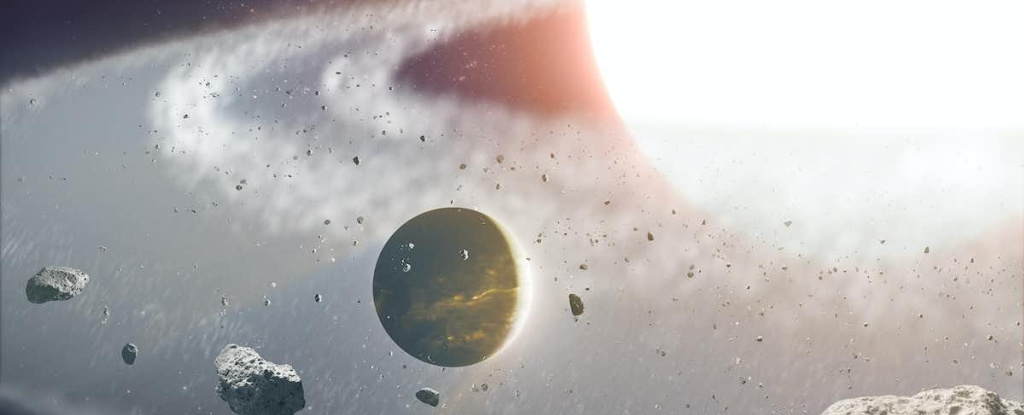Astronomers discover planet 8 Ursae Minoris b, which should not exist

Scientists believe there could be several tens of billions of planets in the Milky Way galaxy, an average of one for each star. But sometimes astronomers encounter planets whose existence violates every law known to science.
Here's What We Know
One such planet is 8 Ursae Minoris b. It was discovered in 2015 by South Korean researchers and named Halla. The star around which it orbits was named Baekdu. Both cosmic bodies were named after the highest mountains on the Korean peninsula.
Halla is twice as close to its star as Earth is to the sun and has a mass comparable to that of Jupiter. Scientists have detected the planet by fluctuating Doppler displacement, as the planet and star orbit a common centre of mass, with the star moving in and out of our path.
Further study has shown that there is no error in the calculations, i.e. Hulla does exist. At first glance, there doesn't seem to be any problem. However, further studies showed that the planet shouldn't be there.
Spectral analysis showed that Baekdu is actively burning helium. This means the star has shed its shell and could have enlarged more than 100 times, destroying everything in its path. In a few billion years, the same thing will happen to the Sun. After the expansion, Mercury, Venus and the Earth will be destroyed.
Astronomers have found two explanations for how the planet Hull could survive. The first is the existence of a second star. In this case, the expansion of the old star's envelope would have been blocked by the younger star. The second possibility is that a planet could have formed after Baekdoo dropped its shell and expanded.
Source: ScienceAlert